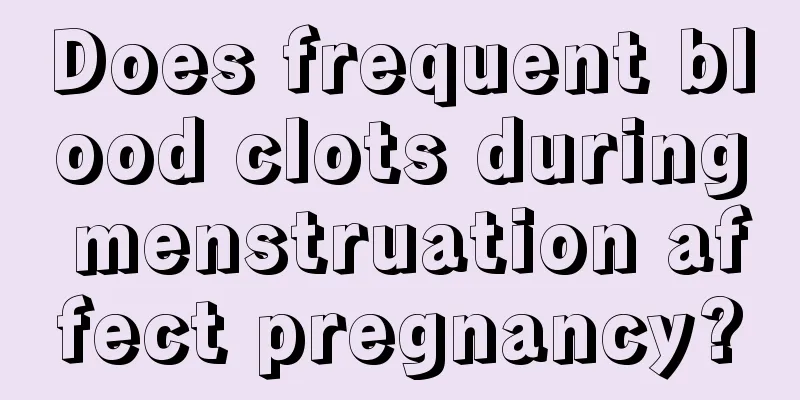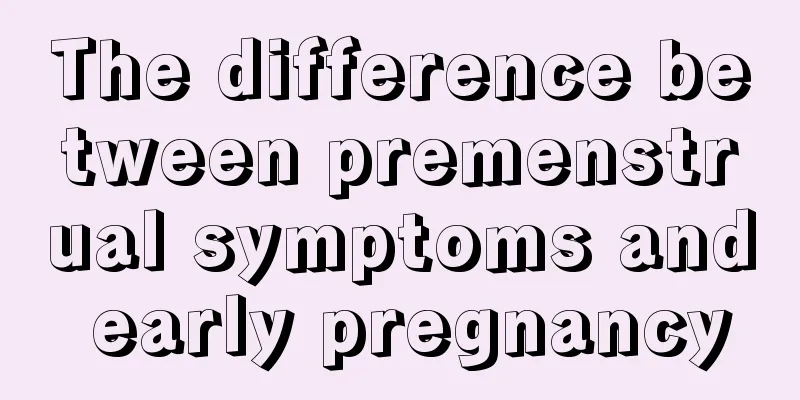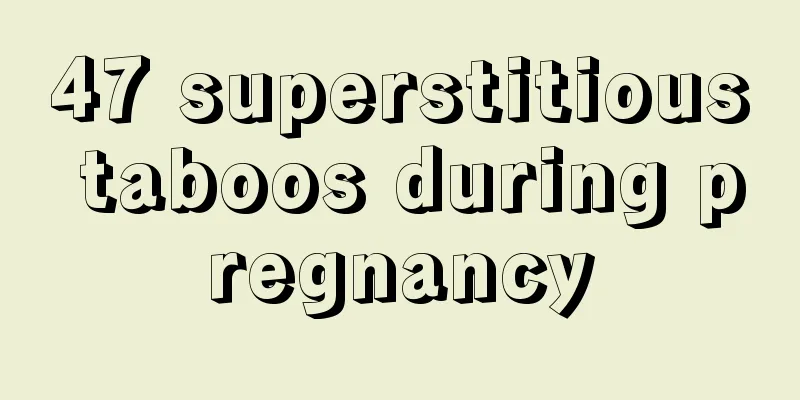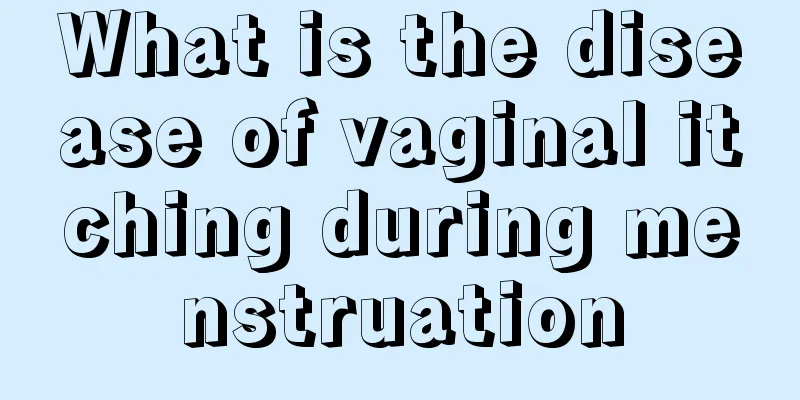Five major problems that location-based social applications need to solve
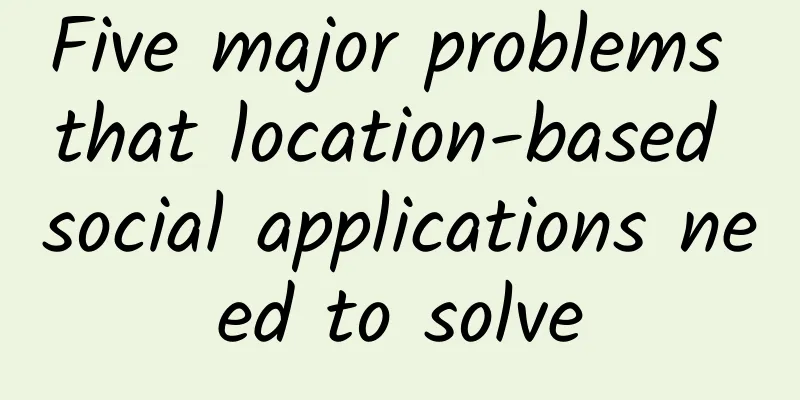
|
On March 22, 2012, at this year's SXSW interactive conference, no friend found that the application became a clear winner. Well-known technology blogger Robert Scoble said that Highlight seemed to be the most popular application, and about 5% of SXSW attendees used Highlight. However, it has become an industry consensus that all these services performed below expectations. Why didn’t these apps succeed? As a field, where should the focus of “friend discovery” be placed? Here are some of the views expressed by Philip Cortes, co-founder of friend discovery service Meeteor: 1) Lack of single player mode What benefits will the first user of your service gain from using it? If you haven’t solved this problem, it will be very difficult to overcome the tricky “network effects” in this space. Foursquare solves this problem by awarding badges and "landlord" titles. Even if you're the only person using Foursquare in Chicago, you'll still get rewards for checking in. And you can post the badges to your Twitter and Wall. Plus, checking in before your friends every time you go to a restaurant shows that you're using the service, and using Foursquare can become a topic of conversation and a starter for lighthearted conversation. I can't tell you how many times I've used this trick. LinkedIn overcame this problem by becoming the first online resume database. 2) Not capturing intent Two years ago, we launched the first version of Meeteor.com. The goal of Meeteor was to randomly connect students with interesting new people based on their calendar availability and social overlap (the same type of algorithm is used by Glancee and Highlight today). The feedback from users was consistent: "This is great, but when I wake up on Monday morning, I don't have any urgent urge to randomly meet people around me - just because we have the same interests." Then users would say some of the ways they imagined using Meeteor.com: "Why don't you sell it to schools and let them use it to assign roommates" or "Why don't I tell you clearly what I'm looking for?" Social overlap between users can be a lubricant for meeting friends, but it does not in itself force two strangers to meet. To connect two people, they need to have the same needs or desires. For example, two people want to date or two people can help each other. Another example of overlap is that two people can help each other in their careers. The fact that I have two mutual friends with the guy next to me and we both like surfing is not enough to motivate me to take the initiative to talk to a complete stranger. We need to better understand the needs of users and meet their needs. 3) Transparent privacy settings Early adopters may be willing to try anything, but if an app is to gain popularity after being discovered by a friend, it must give users excellent control over their privacy. 4) Choose a vertical Do you want to connect people as a dating service? Or do you want to connect people as a career? Capturing intent helps answer this question, but it’s very hard to achieve mass adoption if you want to be “all things to all people.” People have a hard time figuring out how to best use your service, and without a clear use case, they’ll forget about your app. 5) Mimic offline behavior How exactly do people usually do this, and can you do it better? Thinking about it in this way, an interesting approach is to help two people who are already chatting, by giving them topics to talk about. (For example, I'm at SXSW, sitting at a coffee table, and I want to start a conversation with the guy next to me. Dear iPhone, please help me think of some good topics.) Knowing that we have two friends in common can be very useful and will definitely make me enjoy the conversation more. If you are an app or web service that wants to win the competition, you don't have to solve all 5 problems at the beginning. For example, you can find a good single-player mode first, which buys you enough time to explore deeper value propositions. Some people think that Foursquare has only now added the value layer that makes its service sustainable (i.e. Radar + Exploresquare). But for any service to cross the chasm and achieve Twitter-like mass adoption, addressing the five issues outlined above is likely to be a necessity. |
<<: Please be alert if you experience these symptoms, as they may be warning signs of a stroke!
>>: What? Being angry can poison yourself?
Recommend
Why do pregnant women always want to urinate?
It is very common for expectant mothers to always...
The benefits of sweating while running in summer
Sweating during running is very valuable, because...
The downside of getting angry during your period
During menstruation, many female friends will fin...
What should I do if I have an enlarged cervix?
The treatment of cervical hypertrophy is not very...
38-week fetal development standard data
The growth and development of the fetus has alway...
What medicine should women take for cold hands and feet
A considerable number of women have a cold consti...
What causes lobular hyperplasia?
The occurrence of lobular hyperplasia is related ...
What should girls do when they have dysmenorrhea? What methods can be used to relieve it?
Dysmenorrhea is the most common condition in wome...
Causes of baldness on top of girls' heads
Baldness is very common nowadays. Many people don...
Why is Brazilian agate so cheap (the output is very large and there is no shortage in the market)
...
What to do if you have heartburn in your throat during late pregnancy
Sore throat and heartburn in the late pregnancy a...
Abnormal yellowish leucorrhea and itching
Yellow discharge accompanied by itching indicates...
What is the papaya lactation recipe?
Many people have spread rumors that papaya can en...
How to maintain the uterus after miscarriage
Today's society is more open, and many people...
【Medical Q&A】What are the common symptoms of facial paralysis? How to treat it?
Planner: Chinese Medical Association Reviewer: Fa...

